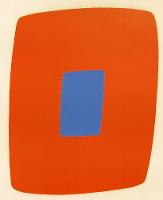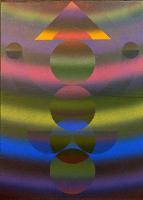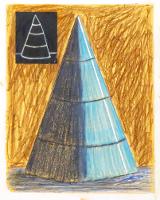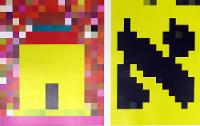Plane & Solid: Geometry in Art
April – September 2018
Geometry includes the methods and techniques of arranging lines, points, shapes of various sizes, and their configurations. It also examines their positions in space.
For thousands of years geometry has had a creative dialogue with the visual arts.
The sources of geometry may date as early as 3000 B.C. in the Indus Valley and Babylonia.
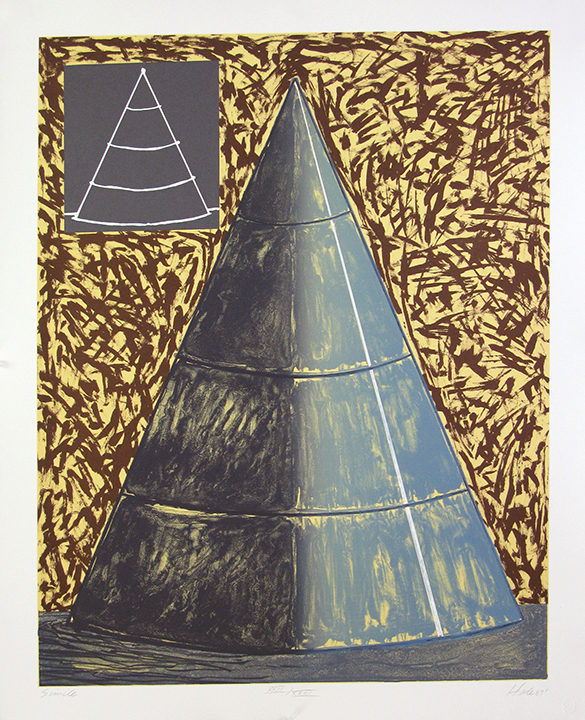 Long before the axioms or rules of the 3rd century B.C. Greek geometer, Euclid (active
323 – 283 B.C.), Egyptian artists used mathematical calculations for angles, curves,
lines, points and more to compose works of art. In many cases, these early works of
art were often non-representational, that is they did not attempt to reproduce an
object as it was seen daily in the world but instead searched to create images of
essential or abstract qualities. Perhaps the Egyptian pyramids are among the most
well known examples of this approach.
Long before the axioms or rules of the 3rd century B.C. Greek geometer, Euclid (active
323 – 283 B.C.), Egyptian artists used mathematical calculations for angles, curves,
lines, points and more to compose works of art. In many cases, these early works of
art were often non-representational, that is they did not attempt to reproduce an
object as it was seen daily in the world but instead searched to create images of
essential or abstract qualities. Perhaps the Egyptian pyramids are among the most
well known examples of this approach.
In Plane and Solid, 20th and 21st century artists "play" with a wide variety of geometric forms: rectangles, ovals, circles, cones, ellipses, triangles and more. They add colors, change the values (light and dark), interrupt lines, overlap shapes, cut corners, and soften edges to arrange or compose various shapes. Some of the images are quite simple or reduced (see, for example, the works by Ellsworth Kelly and Max Bill) and others add shapes upon shapes (see the artworks by Andy Polk, Juergen Strunck, and Robert Kirschbaum). Both strategies challenge perceptions and provide visual structures.
The use of geometry allows artists to explore endless possibilities and complex relationships of what appear to be simple or elemental shapes, lines, and points. All of the artworks in this exhibit are from the permanent collection of the Art Division of the Museum of Texas Tech University.
All of the artworks in this exhibition are from the collections of the Museum of Texas Tech University.
Museum at Texas Tech University
-
Address
3301 4th Street, Lubbock, TX 79415 -
Phone
806.742.2490 -
Email
museum.texastech@ttu.edu

